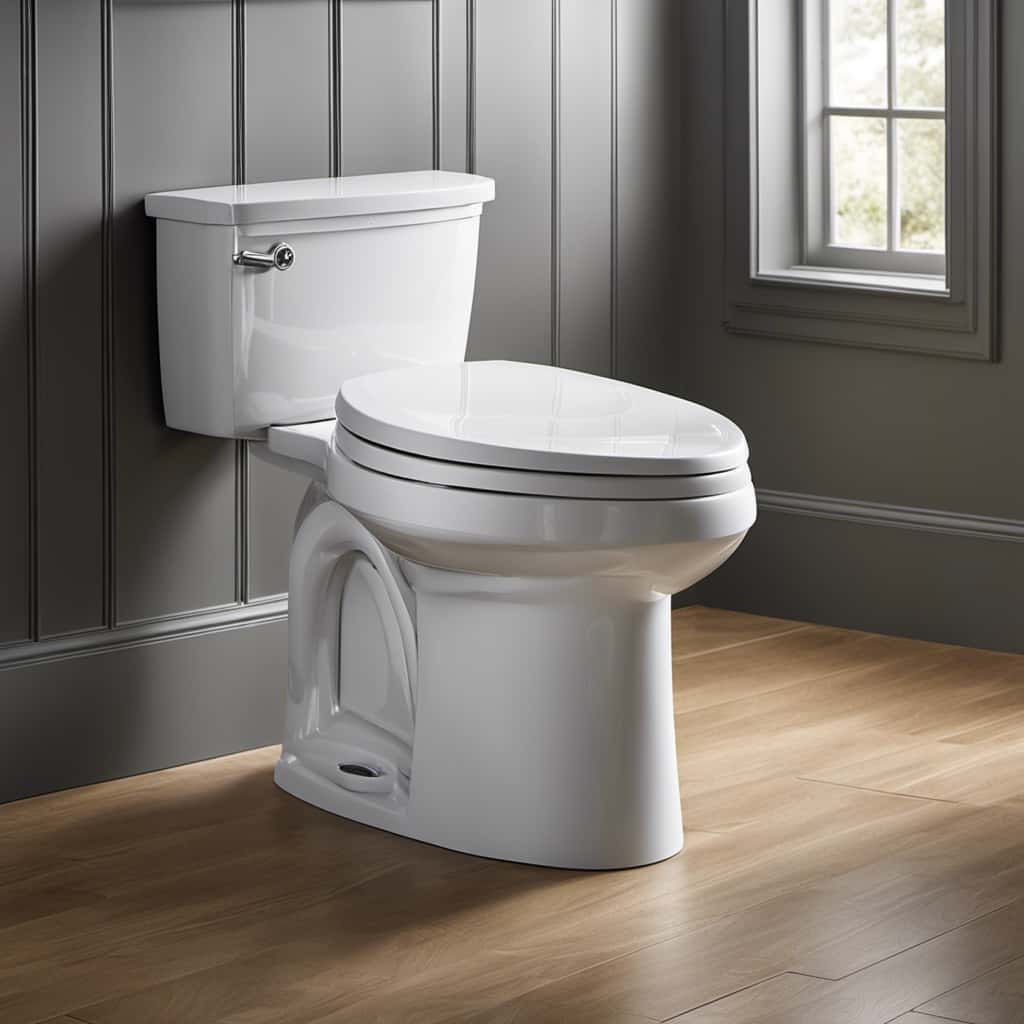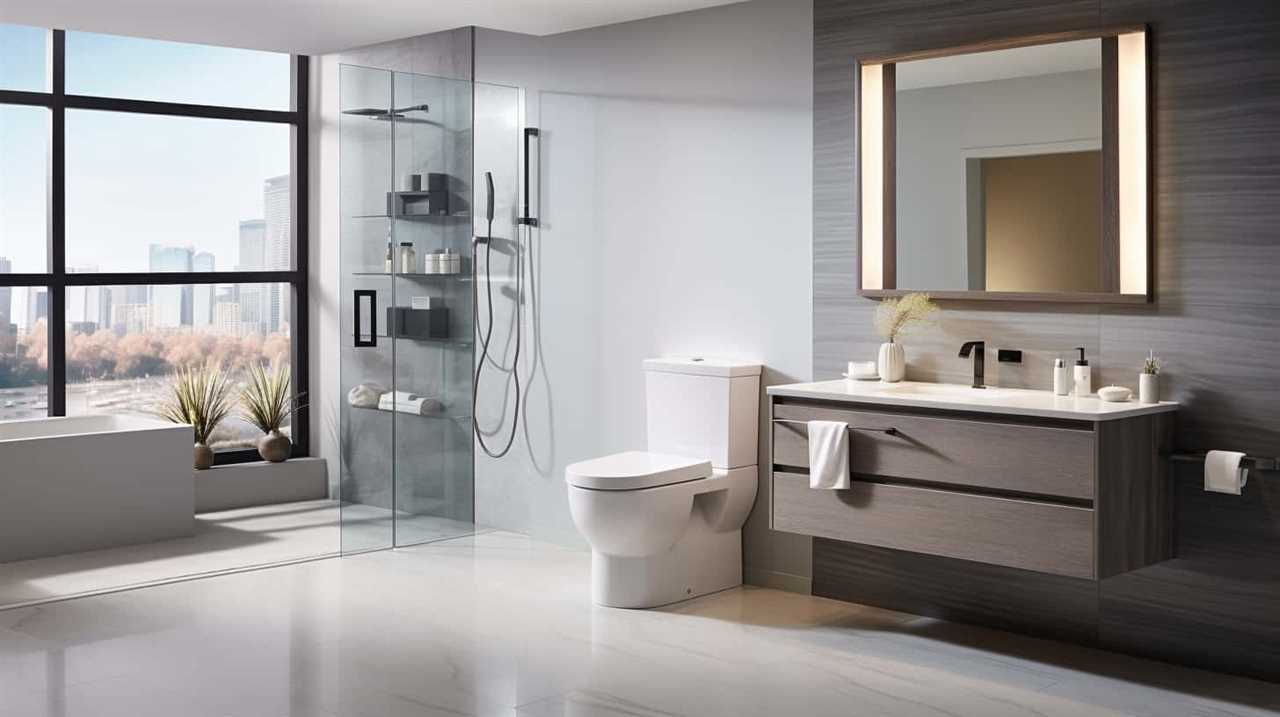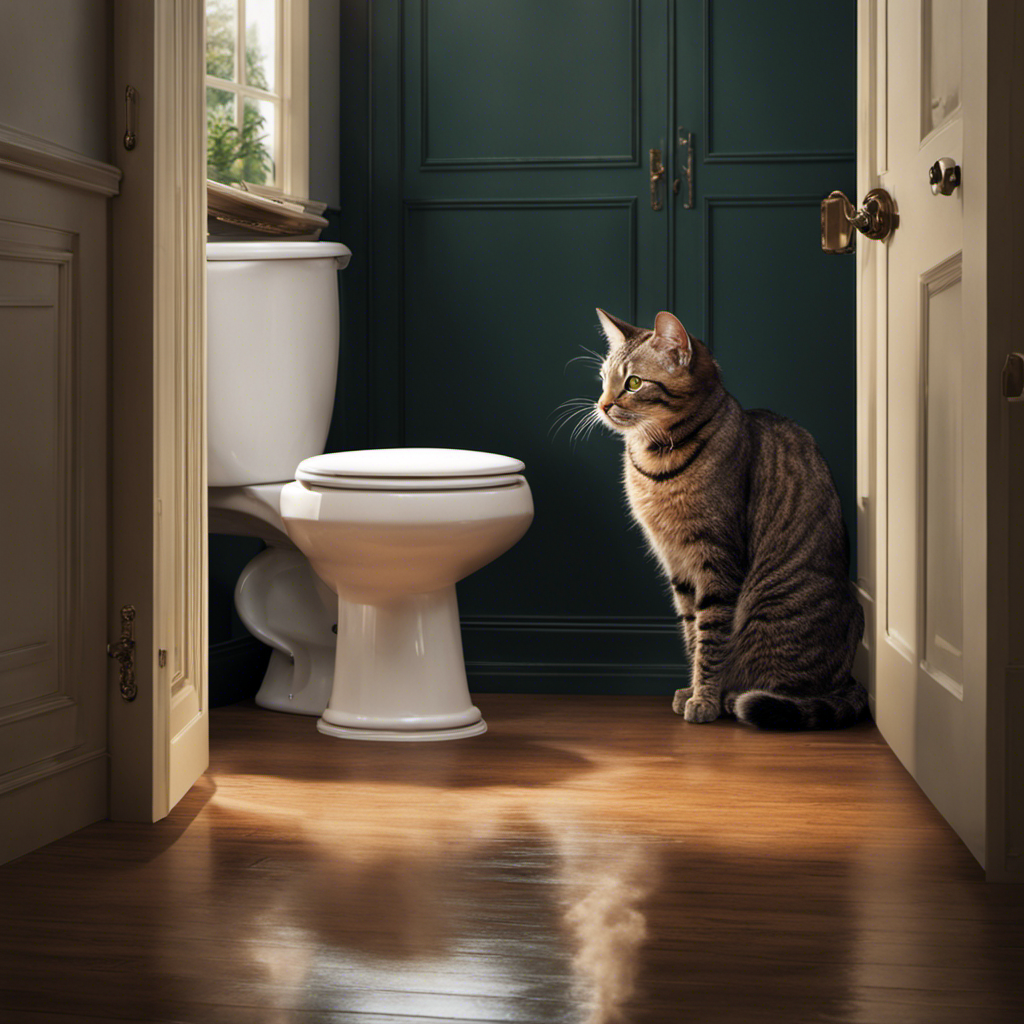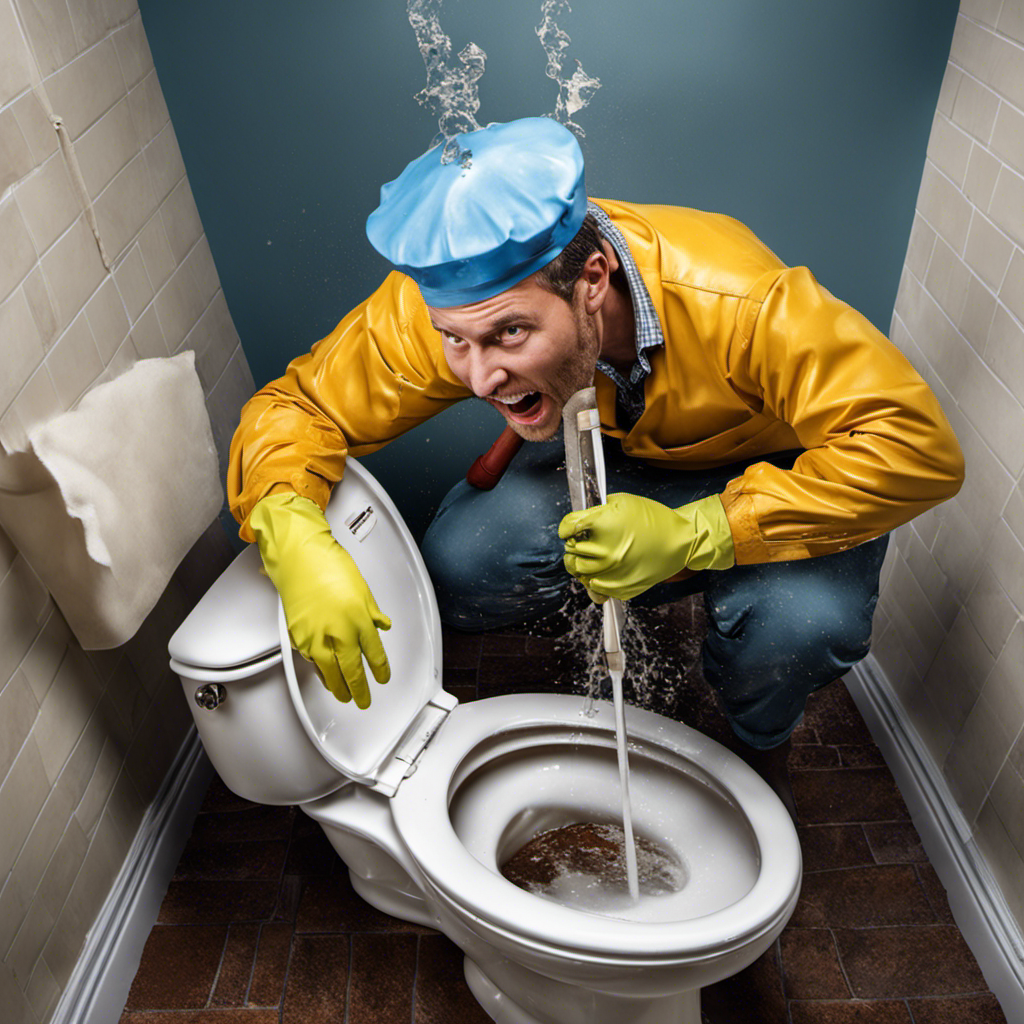Have you ever been curious about the seamless way water swirls down the toilet? Allow us to guide you through the complex mechanisms behind this common occurrence.
By understanding the role of gravity, the science of water pressure, and the intricate workings of the flush mechanism, we will unravel the secrets behind a successful flush.
Join us as we delve into the factors that affect efficient toilet flushing and empower ourselves with the knowledge to master this essential household task.
Key Takeaways
- Gravity plays a crucial role in toilet flushing, as it pulls water down the drain and creates a surge that pushes waste and debris.
- Water pressure is essential for efficient waste removal, as it pushes waste through the trapway and into the sewage system.
- The design of the toilet bowl, including its shape and contours, guides the water flow in a spiral motion, enhancing flushing action and waste removal.
- Factors such as water pressure, waste pipe size, and the condition of the toilet bowl impact the efficiency of toilet flushing, and considering these factors ensures optimal flushing.
The Role of Gravity in Toilet Flushing
Gravity plays a crucial role in how water flushes down the toilet. When the flush lever is pressed, the valve at the bottom of the tank opens, allowing water to flow into the bowl. This sudden flow creates a surge of water that pushes waste and debris down the drain.

As the water enters the bowl, it gains velocity due to gravity, which increases the force exerted on the waste. This force, combined with the shape and design of the toilet bowl, creates a swirling motion that aids in the removal of waste.
Understanding the principles of fluid dynamics and hydraulic systems helps us appreciate the efficiency of toilet flushing. By harnessing the power of gravity, toilets effectively and swiftly remove waste, maintaining cleanliness and hygiene in our everyday lives.
Understanding Water Pressure in the Toilet
As we delve deeper into the mechanics of toilet flushing, an important aspect to consider is the role of water pressure in effectively removing waste. Understanding water pressure is crucial to comprehending the flushing process.
When the flush lever is activated, water flows from the tank into the bowl at a high velocity, creating a strong force that propels waste down the drain. This force is generated by the pressure difference between the water in the tank and the atmosphere.
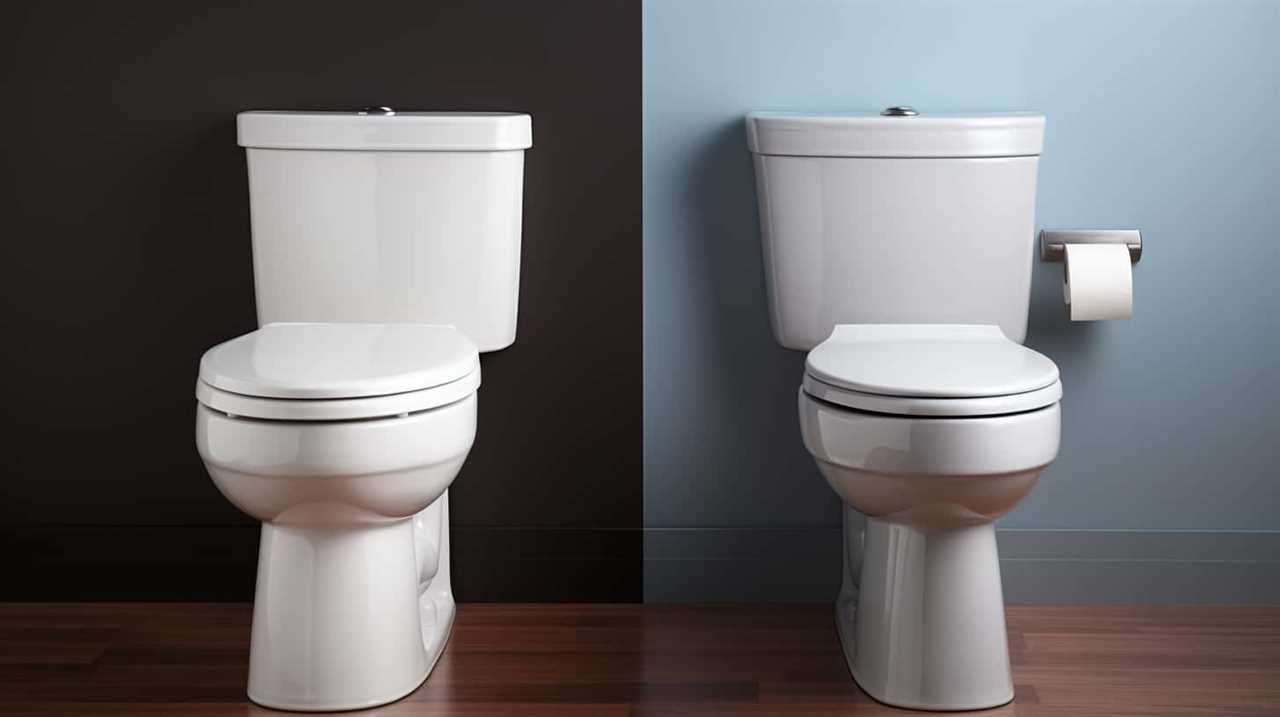
The water pressure pushes the waste through the trapway and into the sewage system. The design of the toilet, including the shape and size of the trapway, also plays a significant role in maintaining the required water pressure for efficient flushing.
The Mechanics of the Flush Mechanism
To understand the mechanics of the flush mechanism, we need to examine how water is propelled down the toilet. Over the years, flushing mechanism design has evolved to ensure efficient and effective flushes.
One key factor in the design evolution is the impact of water volume on flush effectiveness. The amount of water released during a flush directly affects its ability to remove waste from the bowl. Too little water may not provide enough force to clear the bowl, while too much water can lead to unnecessary water wastage.
Manufacturers have worked to strike a balance, optimizing the flush mechanism to use the right amount of water for an effective flush.
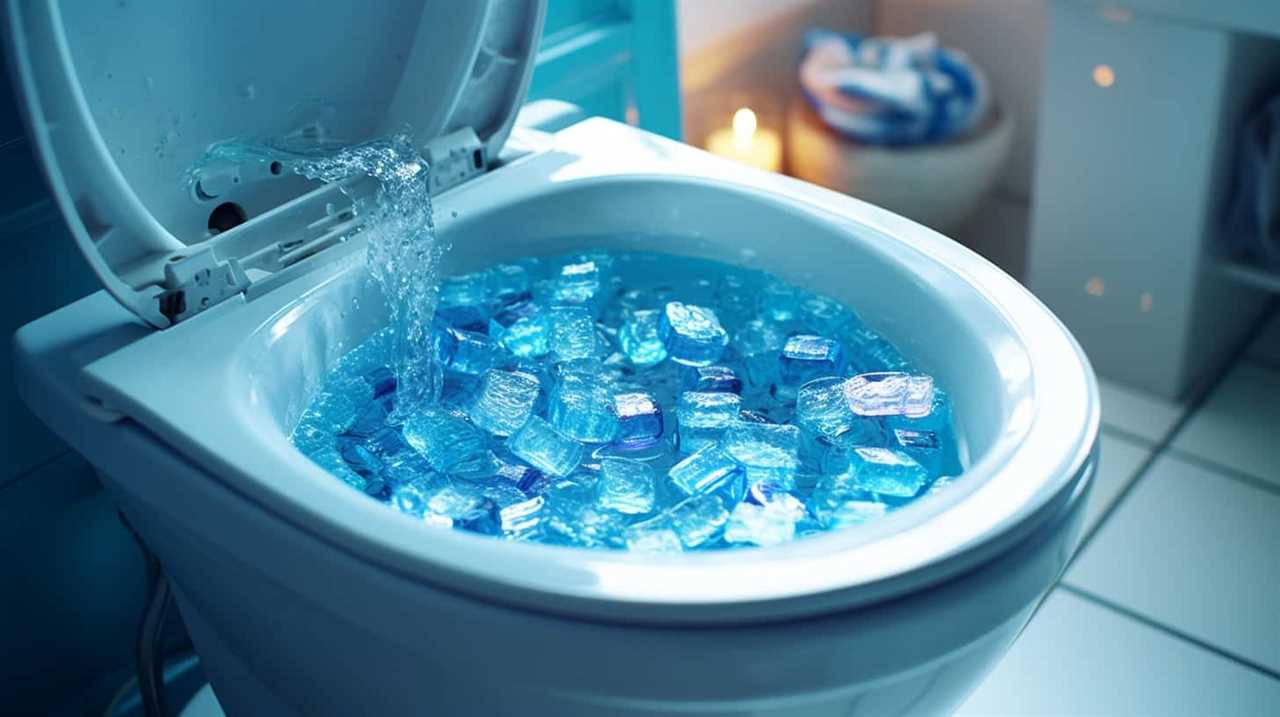
Now, let’s explore the journey of water through the toilet bowl and how it contributes to the flushing process.
The Journey of Water Through the Toilet Bowl
As the flush is initiated, water travels through the toilet bowl in a downward motion. This journey is facilitated by the water flow and the design of the toilet bowl. The water flow is directed by the shape and contours of the bowl, which are specifically designed to guide the water in a spiral motion.
This spiral motion helps to create a strong flushing action, allowing the water to effectively carry away waste and debris. The design of the toilet bowl also includes strategically placed rim jets and siphon jets, which further enhance the flushing process by providing additional force and suction.
Together, these elements work harmoniously to ensure efficient and thorough flushing. Now, let’s explore the factors that can affect the efficiency of toilet flushing.

Factors Affecting Efficient Toilet Flushing
Factors that can affect the efficiency of toilet flushing include the water pressure, the size of the waste pipe, and the condition of the toilet bowl. These factors play a crucial role in determining the toilet water efficiency and flushing power.
Water pressure is a key factor in achieving an efficient flush. Adequate water pressure helps to create a forceful flow that effectively removes waste from the toilet bowl. Insufficient water pressure can result in weak flushing and incomplete waste removal.
The size of the waste pipe also affects flushing efficiency. A larger waste pipe allows for a faster and smoother flow of water and waste, preventing clogs and blockages. On the other hand, a smaller waste pipe can lead to slower flow and increased likelihood of blockages.
The condition of the toilet bowl is another important factor. A smooth and clean bowl surface reduces resistance to the flow of water, allowing for a more efficient flush. Build-up of mineral deposits or other debris can hinder the flow and reduce flushing power.

To ensure optimal toilet flushing, it’s crucial to consider these factors and maintain proper water pressure, have an adequately sized waste pipe, and keep the toilet bowl in good condition.
Frequently Asked Questions
What Are Some Common Problems That Can Cause a Toilet to Not Flush Efficiently?
Toilet clogging and plumbing issues can prevent efficient flushing. Identifying and resolving these common problems is crucial. Blockages caused by foreign objects or inadequate water flow can disrupt the flushing process.
Can Using Too Much Toilet Paper Affect the Flushing Mechanism?
Using excessive toilet paper can clog the flushing mechanism, leading to inefficient flushing. Wet wipes can have a similar effect due to their non-biodegradable nature. Proper disposal and moderate usage are essential for optimal flushing performance.
Are There Any Environmental Concerns Related to Toilet Flushing?
There are significant environmental concerns related to toilet flushing, particularly regarding water conservation. We must be mindful of the amount of water used per flush to minimize its impact on our natural resources.
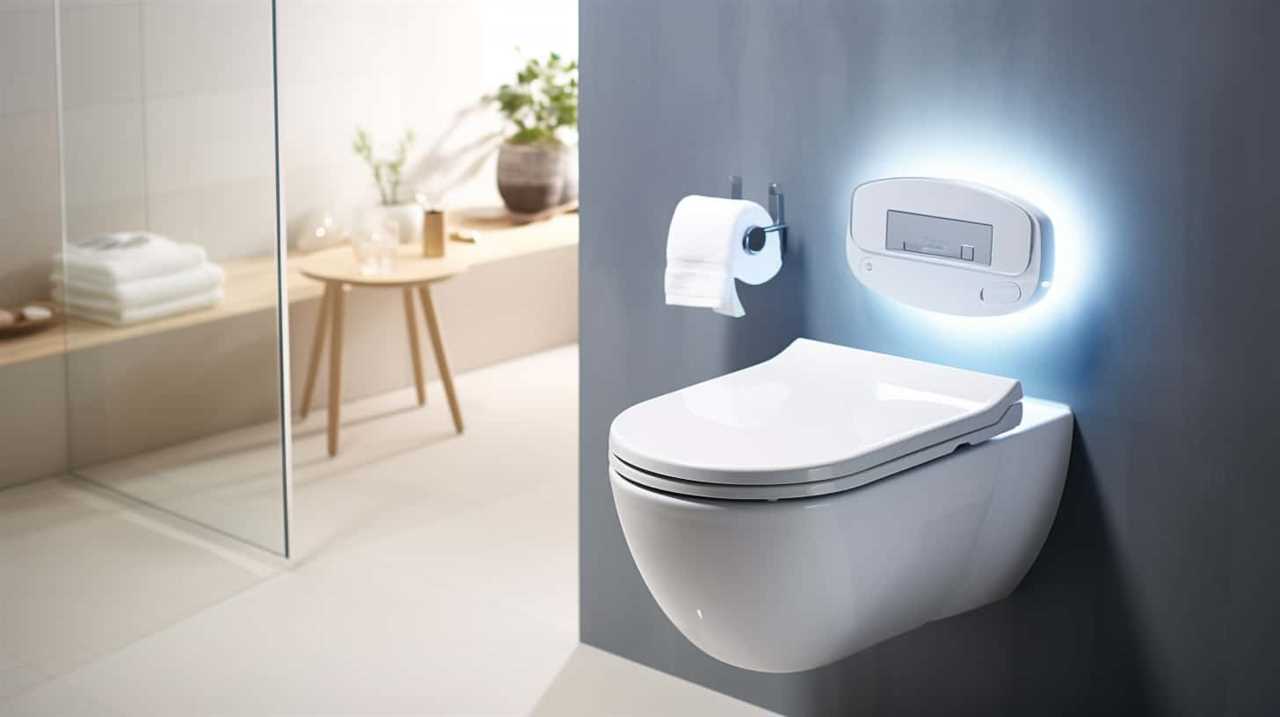
How Does the Shape and Design of the Toilet Bowl Affect the Flushing Process?
Toilet bowl shape greatly affects water flow dynamics during the flushing process. The design and contour of the bowl determine the path and speed of the water, ensuring efficient removal of waste.
Are There Any Alternative Flushing Mechanisms That Are More Efficient Than the Traditional Gravity-Based System?
There are alternative flushing mechanisms, such as pressure-assisted toilets, that are more efficient than traditional gravity-based systems. These water-saving toilets use pressurized air to force water out with great force, ensuring a thorough flush.
Conclusion
In conclusion, the intricate process of water flushing down the toilet is a fascinating display of gravity’s influence, water pressure dynamics, and the mechanical workings of the flush mechanism.
As the water embarks on its clandestine journey through the labyrinth of the toilet bowl, it encounters various factors that affect its efficiency.
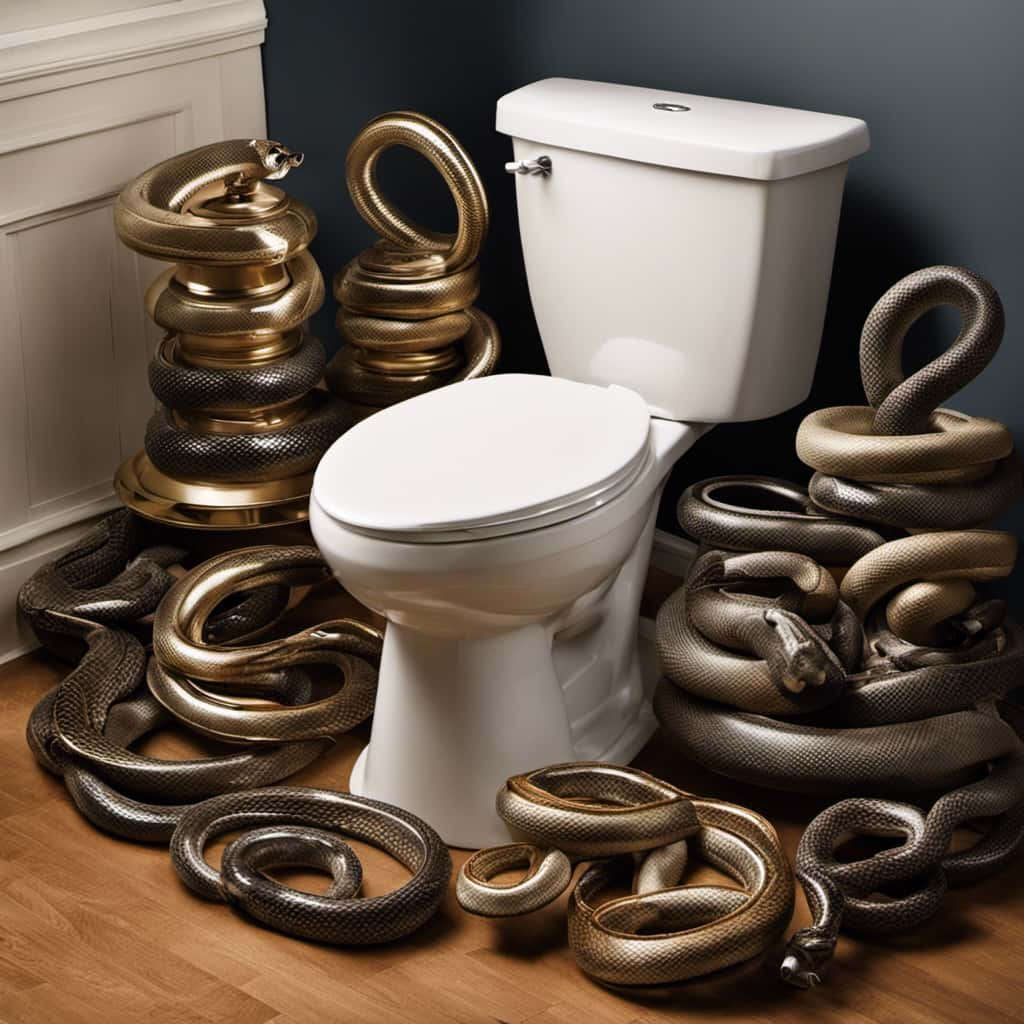
Through this remarkable chain of events, the toilet effortlessly rids us of waste, leaving behind a sense of cleanliness and tranquility.
